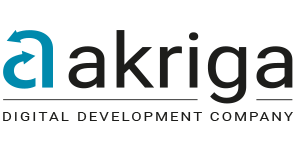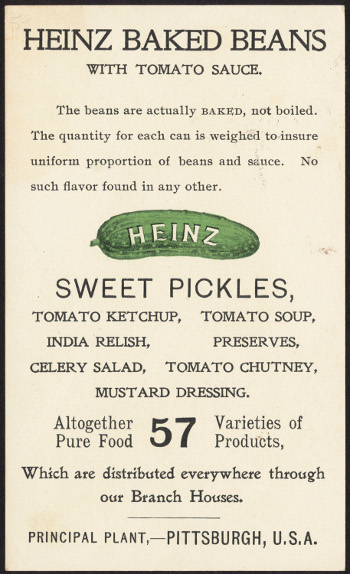Design, Creativity and Process
Design principles
Good design is important because design sells. From the Bauhaus movement to the humble cable tie, good design fuses creativity with a functional mission.
Very often this mission is to sell, but not always. Good design allows you to convey many different types of message, not just a sales pitch.
An experienced designer once told me that, “you can’t schedule creativity” and this conundrum lies at the heart of industrial design. Designers are creative people and yet you cannot turn creativity on and off like a tap. This is where process comes in. A design process ensures consistent results whilst allowing space for the designer’s own creativity.
The design process
Our design process isn’t cast in stone but runs something like this:
We meet with the client and through careful questioning we do lots and lots of listening. We’re interested in their backstory, what led them to this point and where they want to get to next. We want to understand their marketplace, their competitors, where they themselves fit and how that might change. We really need to understand our client’s proposition to their own audience. This audience often consists of customers, but it could be supporters, staff, volunteers or others that the client wants to engage and communicate with.
A lot of this is the classic four Ps of marketing: price, product, promotion and place. There is more to it though because we are trying to build a brand and a brand is a promise.
In the early days of canned goods you could open your can of beans to find lots of liquid and little else. Brands appeared and customers learnt that if you bought that brand what was inside was exactly what you expected. The brand had made a promise to the customer and the customer valued that. What promise does this brand make and how do we convey that through design?
Our designers draw on this consultation to generate a number of different ways forward. Each direction typically has a different treatment of colour, logo, strapline, imagery, typography and brand values. Whilst a website is on the mind of the designer what is presented at this stage is not web design. The designs presented could go on to be used in print, on business cards or exhibition stands, in an email signature as well as on the web.
Design desconstruction & feedback
Once we’ve presented the various options we go into listening mode again. Customer feedback is crucial. One challenge at this stage is trying to merge ideas from different options. The customer will, for example, sometimes ask for the colour used in option one and the logo from option three to create a new, hybrid option. From a design perspective this doesn’t always work. Each design has a certain creative integrity which makes all parts work together in a harmonious whole. Our goal is to take onboard the customer’s views, guide them from a design and branding perspective and produce a final result that represents them and engages their audience. This final result can then be turned into a responsive, fast, search engine friendly website by our front-end developers.



